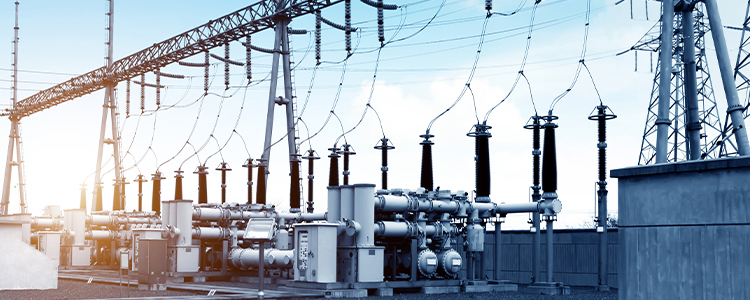- All
- Product Name
- Product Keyword
- Product Model
- Product Summary
- Product Description
- Multi Field Search


Views: 0 Author: Site Editor Publish Time: 2024-08-10 Origin: Site
The cooling structures are essential for maintaining the optimal performance and extending the lifespan of transformers. Below is a detailed breakdown of the different types of cooling structures.
· Characteristics: Corrugated fins or plates are metal sheets installed on the exterior of the transformer tank, designed in a corrugated shape. The corrugated structure increases the surface area, improving heat dissipation efficiency.
· Advantages: This design eliminates the need for additional radiators, reducing the overall size and weight of the transformer. The corrugated fins can also absorb the expansion and contraction of the oil volume due to temperature changes, reducing pressure on the tank.
· Applications: Widely used in small and medium-sized transformers, especially where a compact design is required.
· Characteristics: Radiator fins are vertically arranged metal fins installed on the exterior of the transformer tank to increase the surface area for heat dissipation. This design allows the oil to cool quickly through natural convection or forced air circulation.
· Advantages: Radiator fins offer high cooling efficiency and can significantly reduce the operating temperature of the transformer, making them suitable for applications requiring higher cooling capacity.
· Applications: Commonly found in medium and large transformers, suitable for natural or forced air cooling systems.
· Characteristics: Radiator tubes consist of multiple parallel metal tubes through which transformer oil flows and exchanges heat. The tubes are typically cooled by natural convection or fans.
· Advantages: The design of radiator tubes can be expanded as needed to increase cooling capacity. It provides an effective cooling solution while being relatively simple in structure.
· Applications: Suitable for medium and large transformers, especially in situations with high cooling demands.
· Characteristics: The transformer oil circulates naturally within the tank, transferring heat generated by the windings to the tank surface, where it is dissipated through natural air circulation. This cooling structure is often combined with corrugated fins or radiator fins.
· Advantages: No additional cooling equipment is required, low maintenance cost, and simple structure. Suitable for stable operating environments where high-intensity cooling is not required.
· Applications: Widely used in small and medium transformers, such as distribution transformers and outdoor transformers.
· Characteristics: Building on natural cooling, fans or blowers force air circulation to accelerate heat dissipation, offering stronger cooling effects than ONAN mode.
· Advantages: Cooling effect can be adjusted by turning fans on or off, adapting to different cooling demands under varying load conditions, suitable for transformers requiring enhanced cooling.
· Applications: Used in medium and large transformers with fluctuating loads, particularly in industrial and power station settings.
· Characteristics: Heat from the transformer oil is transferred to circulating water through a heat exchanger, and the water carries the heat away through a water cooling system. A closed-loop cooling water system is typically used to maintain the cleanliness and stability of the oil.
· Advantages: High cooling efficiency, suitable for high heat load scenarios, allowing the transformer to operate at higher loads without exceeding temperature limits.
· Applications: Commonly used in large transformers, especially in power plants or industrial substations where efficient cooling is required.
· Characteristics: This cooling method combines forced oil circulation with forced water circulation. Oil is pumped through a heat exchanger, where it is cooled by water, and then the cooled oil is returned to the transformer.
· Advantages: Provides extremely high cooling capacity, suitable for high-power transformers, especially in high ambient temperatures and high load conditions.
· Applications: Mainly used in ultra-large and extra-large transformers, such as main transformers in power plants.
· Characteristics: Inert gases (such as SF6) are used as the cooling and insulating medium. The gas circulates naturally or is forced through the system to carry away heat. The gas not only cools but also enhances the insulating capability of the transformer.
· Advantages: High safety, avoiding fire hazards associated with oil cooling, suitable for use in high-altitude or extreme environments, offering excellent insulation and cooling performance.
· Applications: Mainly used in gas-insulated transformers (GIT) and special transformers requiring high insulation performance.
· Characteristics: Oil is forcibly circulated by pumps to ensure that heat is quickly conducted from the windings to the cooling devices on the tank. This method can be combined with air or water cooling systems for enhanced cooling effects.
· Advantages: Effectively controls the operating temperature of the transformer, suitable for high-load or continuous operation transformers.
· Applications: Used in large industrial transformers and high-voltage transformers, particularly those operating under demanding conditions.
content is empty!
content is empty!